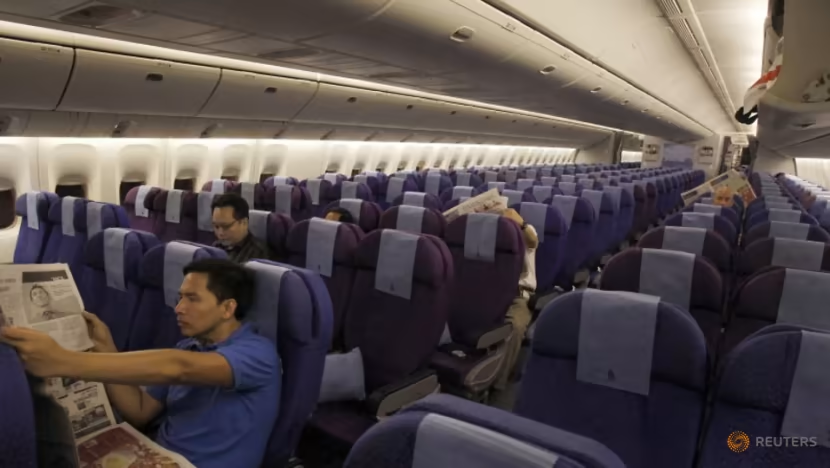Long-haul international flights are a marvel of modern aviation but demand exceptional skill and preparation from pilots and airline staff. These journeys, often spanning 8 hours or more, come with their own set of challenges, ranging from operational complexities to physical and mental strain.
1. Pilot Fatigue and Rest Management
Extended Duty Hours
Long-haul flights can stretch pilots’ working hours, often testing their endurance. Regulations like the FAA’s flight duty limits exist, but pilots still must remain alert during extended shifts.
Disrupted Circadian Rhythms
Flying across multiple time zones disrupts the body’s natural clock, making rest and alertness harder to manage. Pilots often adopt strategic rest schedules to minimize jet lag.
Quality of In-Flight Rest
While some planes offer rest areas, the quality of sleep during flights often falls short of ideal, impacting overall performance.
2. Navigational and Communication Complexities
Oceanic and Remote Airspace Navigation
Flying over vast oceans or remote regions requires specialized navigation systems like GPS and inertial navigation. Pilots must also comply with organized track systems, such as NAT-OTS over the Atlantic.

Multiple Air Traffic Control Coordination
Crossing international borders involves communicating with various air traffic control centers, each with different procedures and language nuances. This complexity demands heightened focus.
Weather Challenges
Navigating unexpected weather, turbulence, or storm systems over extended routes is a critical challenge. Pilots must constantly adapt flight plans based on real-time data.
3. Operational and Safety Considerations
Fuel Management
Efficient fuel use is crucial for long-haul flights. Pilots consider factors like weight, wind patterns, and alternate routes to ensure the aircraft has sufficient reserves.
ETOPS Compliance
Extended Twin Engine Operations Performance Standards (ETOPS) dictate how far a twin-engine aircraft can fly from an alternate airport. Pilots must plan routes accordingly to manage risks.
Aircraft Systems Monitoring
During long flights, pilots must monitor the aircraft’s performance to detect and address potential technical issues.
4. Psychological and Physical Strain
Mental Focus
Maintaining alertness during hours of cruising at high altitudes is challenging, especially when fatigue sets in. Pilots rely on co-pilot teamwork to share responsibilities.
Physical Discomfort
Sitting in a confined cockpit for extended periods can cause discomfort and stiffness. Light stretches and ergonomic adjustments help mitigate these effects.
Loneliness and Isolation
Flying through desolate skies or during nighttime can feel isolating. A strong rapport among crew members helps create a positive environment.
5. Emergency Preparedness and Risk Management
Remote Emergency Scenarios
Over remote areas or oceans, immediate assistance may not be available. Pilots must handle emergencies like medical issues, technical failures, or adverse weather independently.
Alternate Airports
Diversion airports are pre-planned for emergencies. Pilots must ensure they are reachable within permissible limits for safety.
6. Advances in Long-Haul Aviation
Technology in the Cockpit
Modern planes feature autopilot systems, advanced weather radars, and better navigation tools to ease pilot workloads.
Enhanced Scheduling
Airlines use optimized crew schedules to ensure pilots are well-rested and prepared for long flights.
Improved Communication Systems
Better connectivity allows for real-time updates on weather, routing, and other critical flight data.
Conclusion
Flying long-haul international flights involves overcoming a host of challenges, from fatigue management to navigating complex airspaces. With advanced technology, stringent safety measures, and effective teamwork, pilots ensure the success of these demanding journeys. For passengers, understanding these efforts provides a deeper appreciation for the skill and dedication behind every smooth flight.









